Saildrone, a pioneer in maritime autonomy, has successfully integrated Thales Australia‘s BlueSentry thin-line towed array with their Surveyor vessel, creating a groundbreaking autonomous system for long-endurance undersea surveillance. The Office of Naval Research (ONR) funded project represents a significant advancement in persistent maritime domain awareness capabilities, particularly relevant to evolving naval defense strategies and anti-submarine warfare operations.
Technical Achievement Marks Major Leap in Autonomous Undersea Detection
The integration combines Saildrone’s wind-powered maritime Drone Technology with Thales’ sophisticated sonar capabilities, creating an unparalleled surveillance platform. Recent sea trials off California‘s coast demonstrated the system’s remarkable effectiveness, operating continuously for 26 days with over 96% uptime while successfully detecting and classifying both underwater and surface threats.
Richard Jenkins, Saildrone’s founder and CEO, highlighted the significance of this development: “The acoustic performance of the BlueSentry array, paired with a platform as silent and capable as the Saildrone Surveyor, represents a considerable step forward in undersea observation.” Jenkins further emphasized the system’s strategic advantage, noting that “The extreme endurance of the system allows us to put eyes and ears in places that were previously out of reach, at a cost point orders of magnitude below traditional manned surveillance platforms.”
Technical Capabilities and Strategic Implications
The Saildrone Surveyor’s wind propulsion system provides a crucial operational advantage by creating what engineers describe as a “near-zero self-noise environment.” This exceptional acoustic quietness significantly enhances the BlueSentry sonar’s detection capabilities—a critical factor in undersea surveillance where ambient noise typically limits sensor performance.
At 65 feet (20 meters) long and weighing 15 tons, the Surveyor classifies as a medium Uncrewed Surface Vehicle (USV), built to American Bureau of Shipping (ABS) Light Warship code. The platform leverages decades of specialized engineering from both companies—drawing on over 50 years of Australian Towed Array investment and development, with the BlueSentry system reflecting recent innovations in fiber optics and advanced hydrophone technology.

Communication capabilities represent another technological breakthrough in the system. By leveraging both Starlink and Iridium satellite networks, the platform maintains persistent, secure data transmission capabilities even in remote maritime regions. This connectivity enables real-time threat analysis and decision-making support from command centers worldwide, effectively removing geographical limitations from strategic surveillance operations.
The system’s potential impact extends beyond its impressive technical specifications. Jeff Connolly, CEO of Thales Australia and New Zealand, positioned the technology within a broader geopolitical context: “This partnership and ready-to-deploy capability set the standard for future intelligence, surveillance, and reconnaissance at sea, particularly in sensitive and remote regions that have significant operational challenges.”
AUKUS Connection and Future Applications
Particularly noteworthy is Connolly’s reference to the technology’s alignment with AUKUS initiatives: “The integration of Thales Australia’s BlueSentry onto Saildrone’s Surveyor-class, as a core component of its maritime domain awareness solution, paves the way for greater naval interoperability between AUKUS partners and delivers on AUKUS Pillar 2 undersea warfare requirements.”
The AUKUS connection signals the potential strategic importance of this technology within the trilateral security partnership between Australia, the United Kingdom, and the United States, which has prioritized advanced capabilities in undersea warfare.
Both companies indicate readiness to deploy these systems at scale, potentially creating networks of autonomous, self-sustaining surveillance assets that could fundamentally alter the economics and capabilities of maritime security operations. The platform’s extended endurance and relatively low operational costs could enable persistent coverage of vast maritime regions that would be prohibitively expensive to monitor using conventional naval assets or manned surveillance platforms.
Industry Context and Market Implications
This development emerges amid growing global concern about undersea threats, including both traditional submarine activity and unconventional threats targeting critical submarine infrastructure like communications cables and energy pipelines. Recent incidents involving damaged undersea infrastructure in the Baltic and North Seas have heightened awareness of vulnerabilities in this domain.
While traditional approaches to undersea surveillance have relied heavily on expensive manned vessels, fixed sensor arrays, or limited-endurance unmanned systems, the Saildrone-Thales solution represents a potentially disruptive alternative that combines extended persistence with mobility and advanced detection capabilities.
Industry analysts have noted increasing investment in autonomous maritime systems across major naval powers, with particular emphasis on systems that can operate for extended periods without human intervention. The successful demonstration of this integrated system may accelerate this trend, particularly as naval forces worldwide seek cost-effective approaches to expanding maritime awareness in an increasingly contested domain.

DroneXL’s Take
The Saildrone-Thales collaboration demonstrates how innovative combinations of existing technologies can create capabilities greater than the sum of their parts. By pairing Saildrone’s proven autonomous vessel platform with Thales’ advanced sonar capabilities, the companies have created a system that addresses fundamental limitations in current maritime surveillance approaches.
As naval competition intensifies in regions like the Indo-Pacific, Western Pacific, and Arctic, technologies that enable persistent awareness without requiring continuous manned presence will likely see increasing adoption. The economics of such systems—offering dramatically lower operational costs compared to conventional naval assets—make them particularly attractive as naval forces worldwide face budgetary constraints despite expanding mission requirements.
The real test for this technology will come as it transitions from successful trials to operational deployment. Questions remain about its performance in adverse weather conditions, vulnerability to counter-detection or interference, and integration with broader maritime security architectures. Nevertheless, the successful demonstration marks a significant advancement in autonomous maritime surveillance capabilities with potential far-reaching implications for naval operations and maritime security.
Discover more from DroneXL.co
Subscribe to get the latest posts sent to your email.
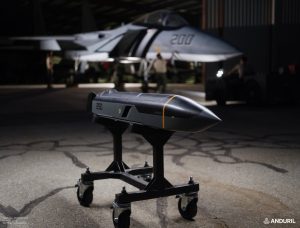
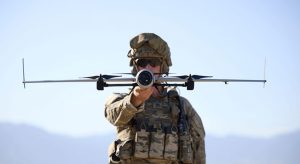
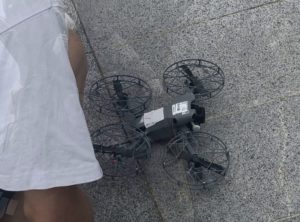




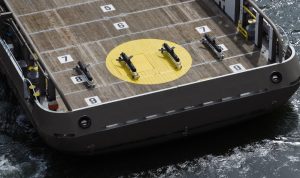

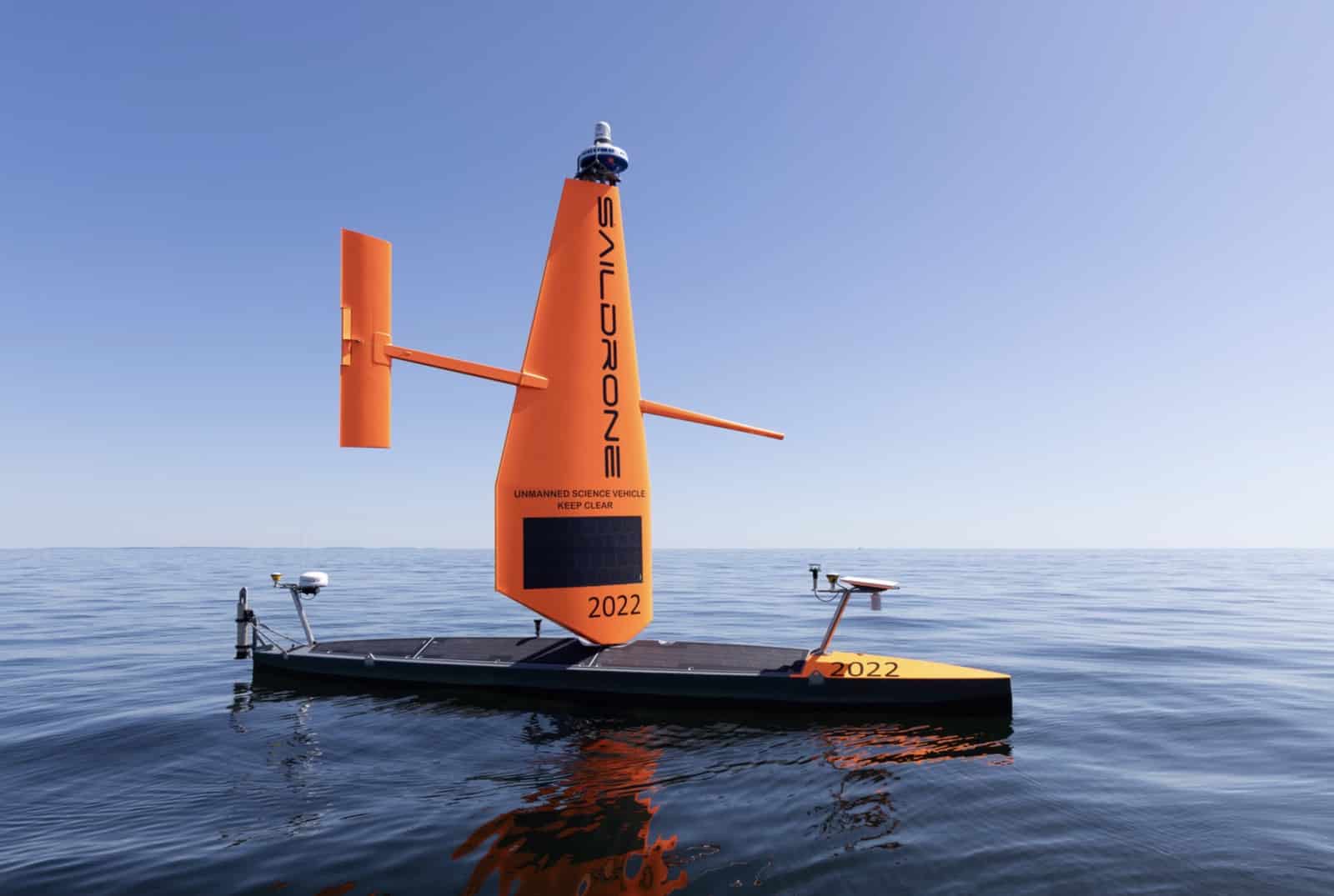
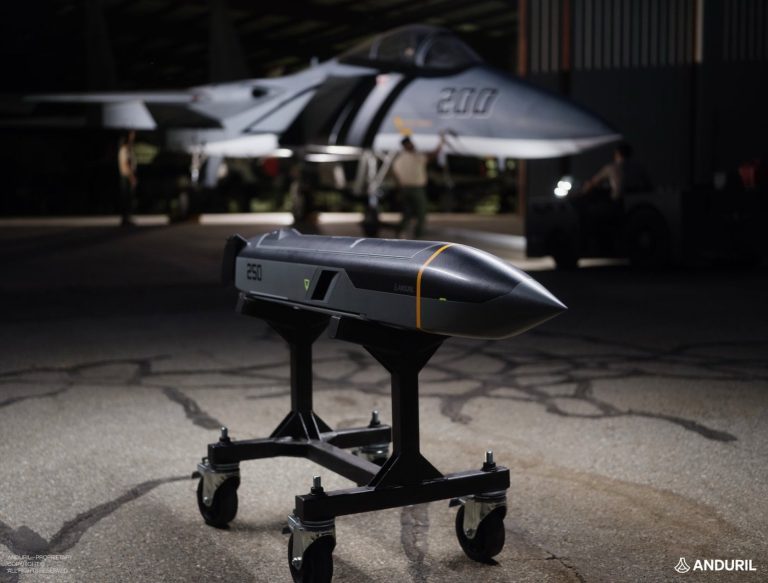
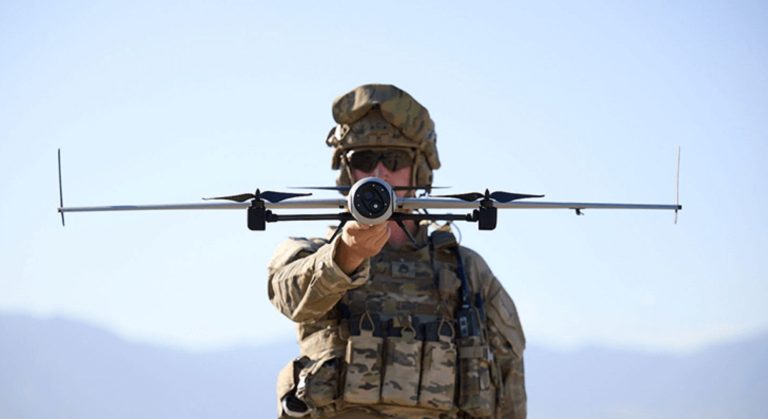
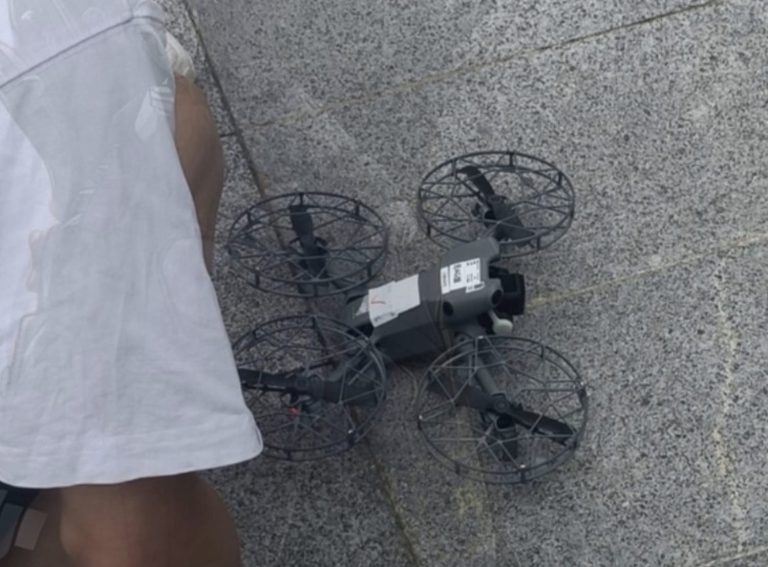
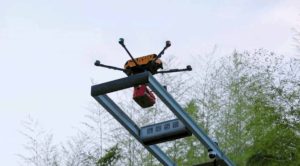

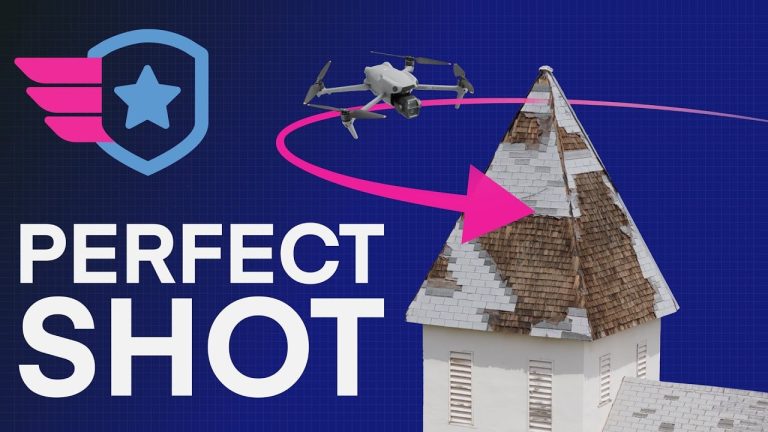



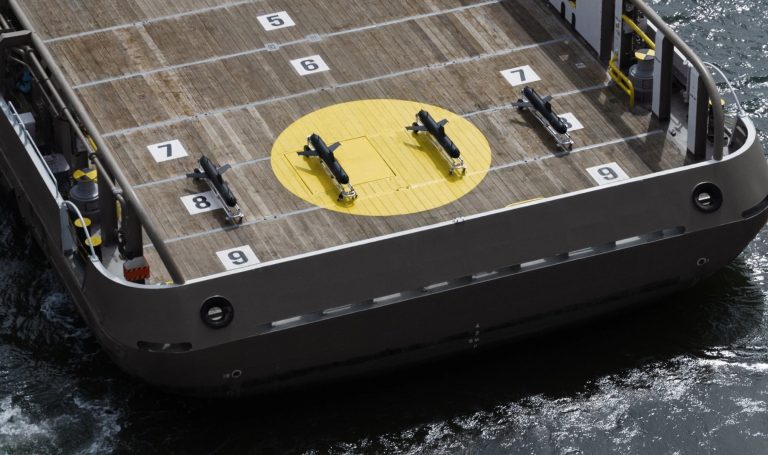
+ There are no comments
Add yours